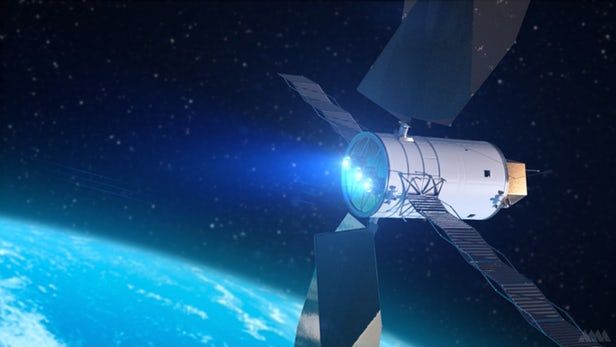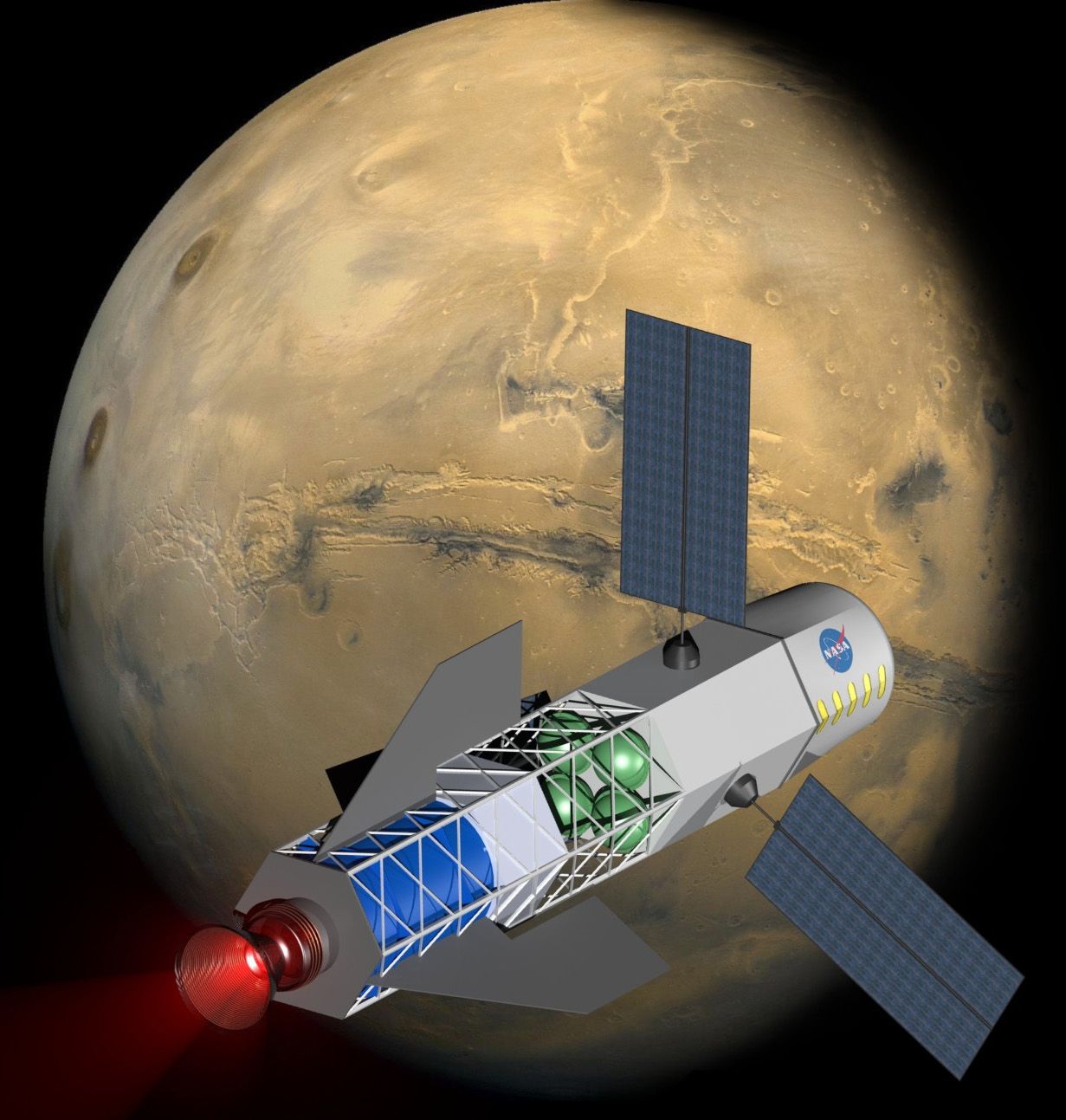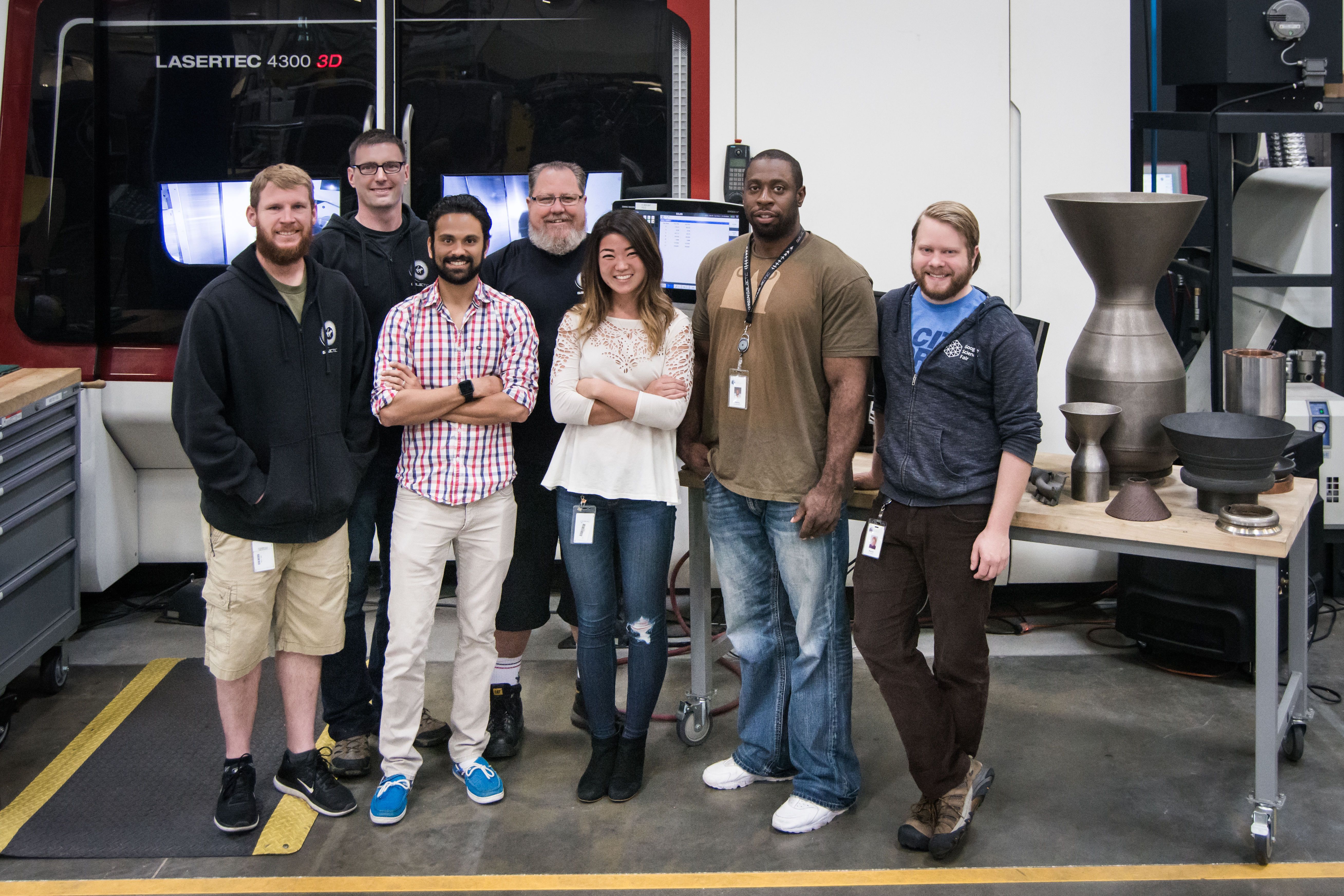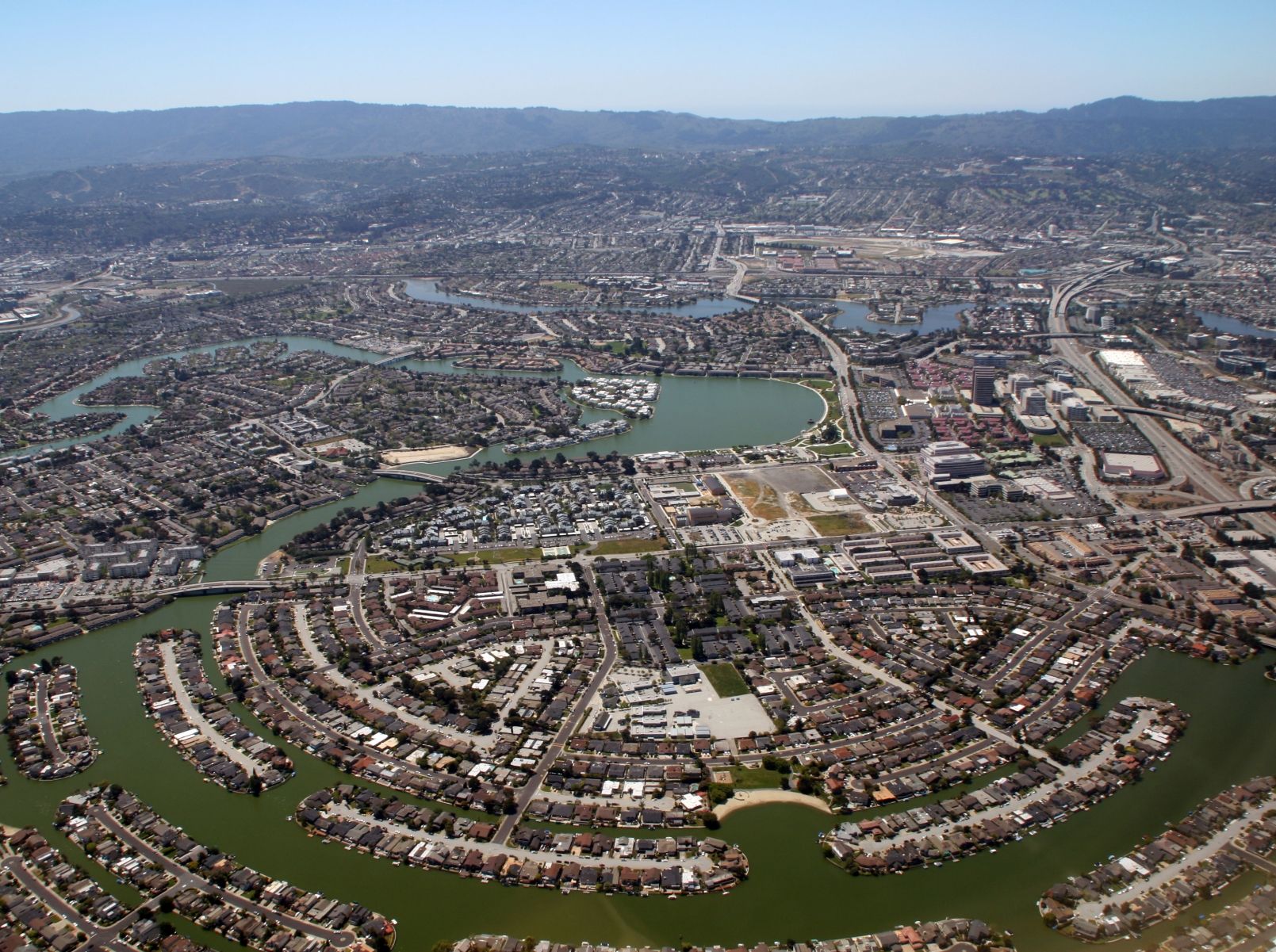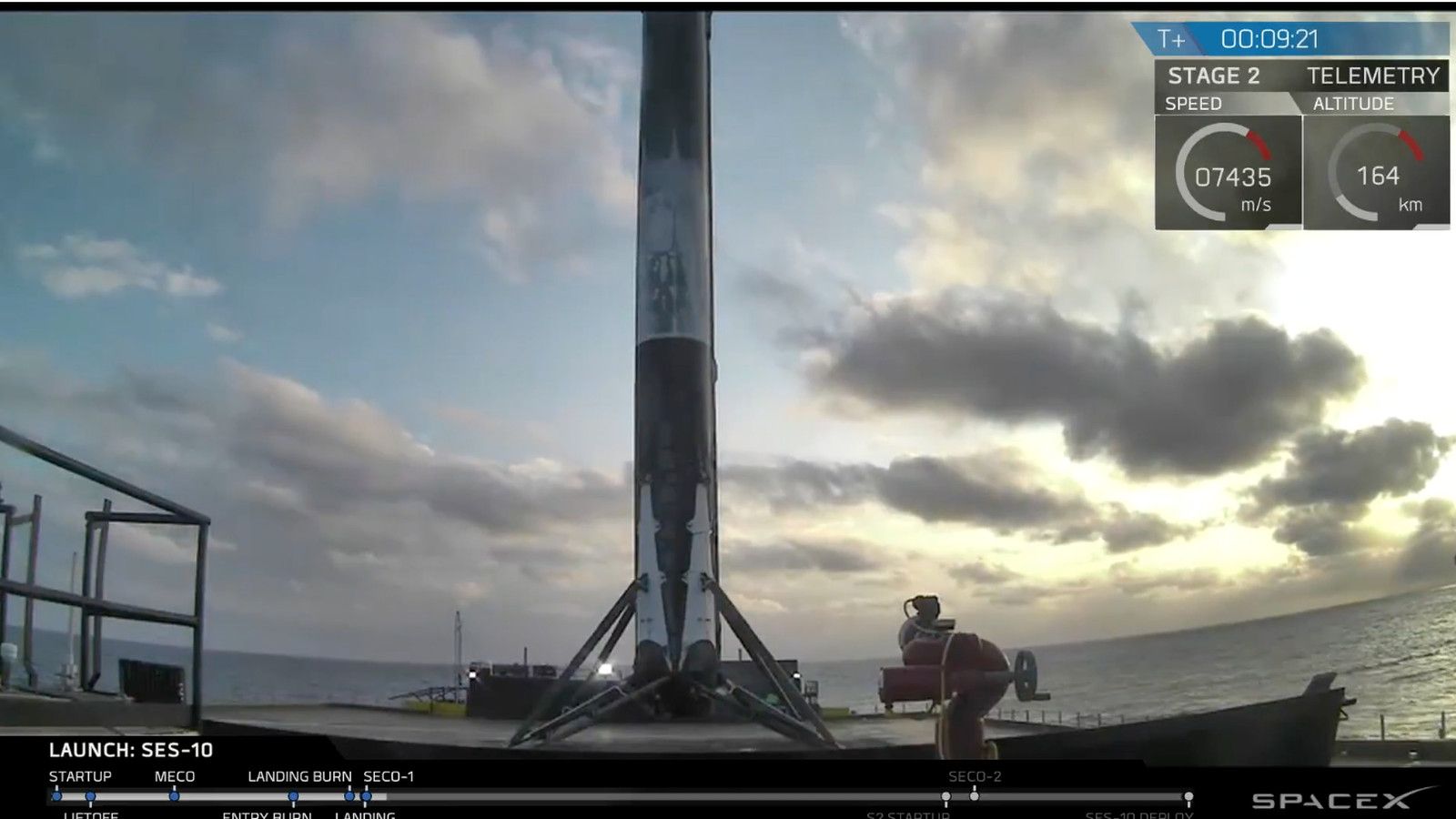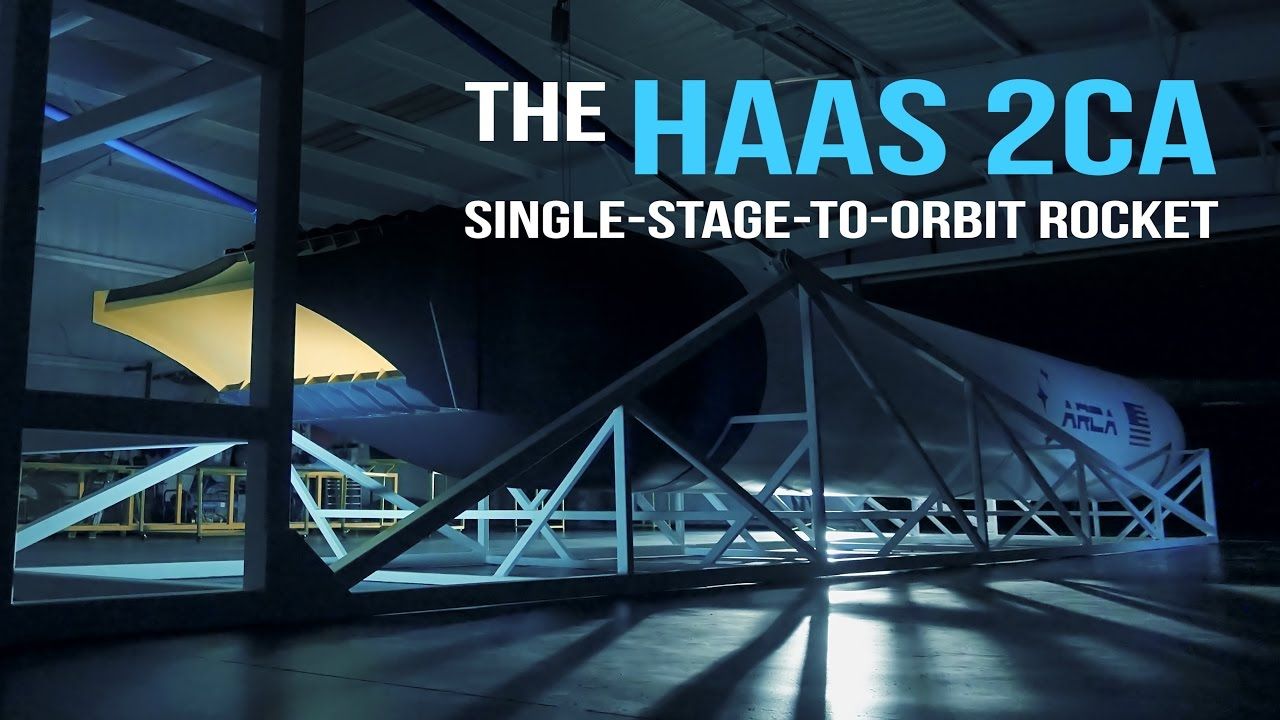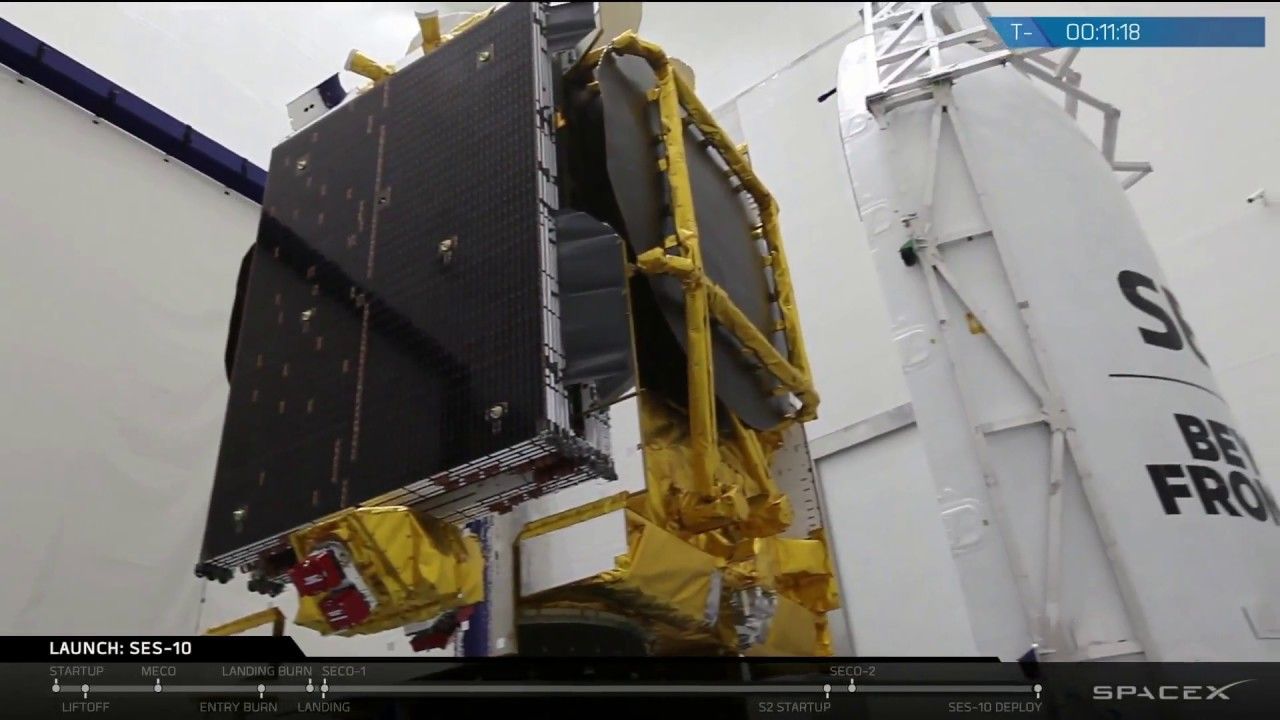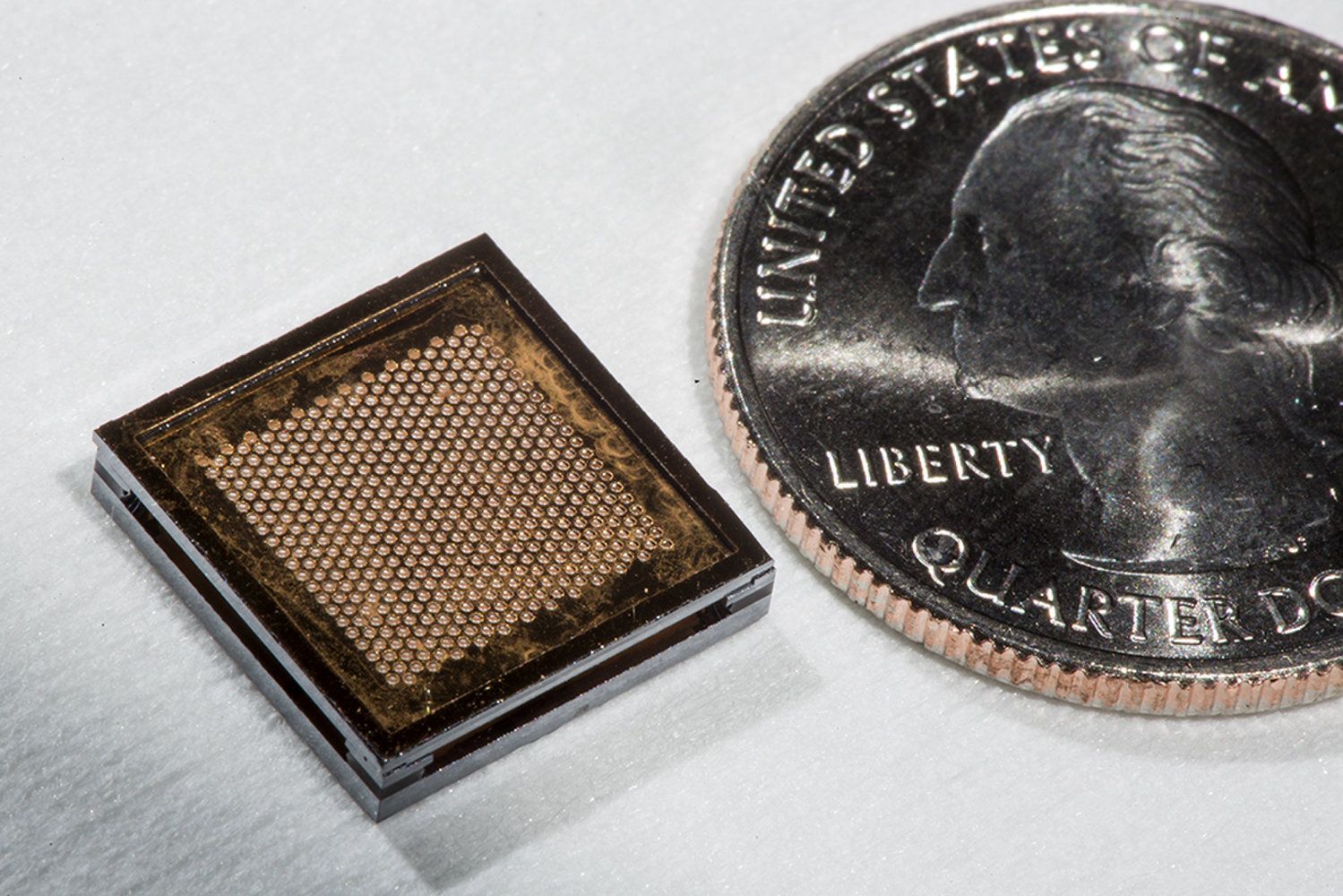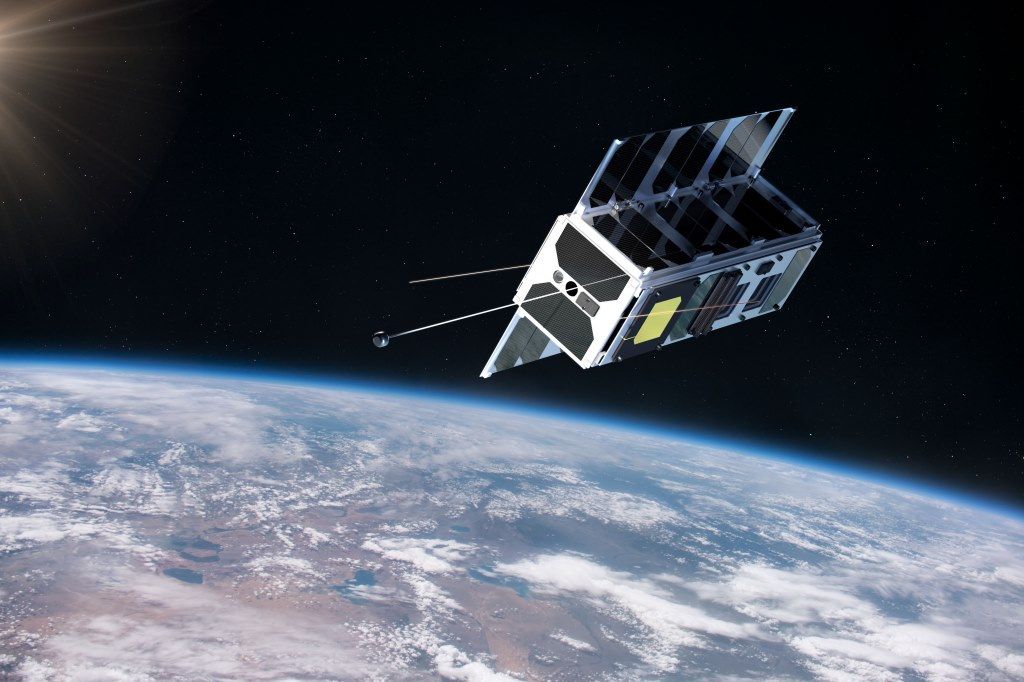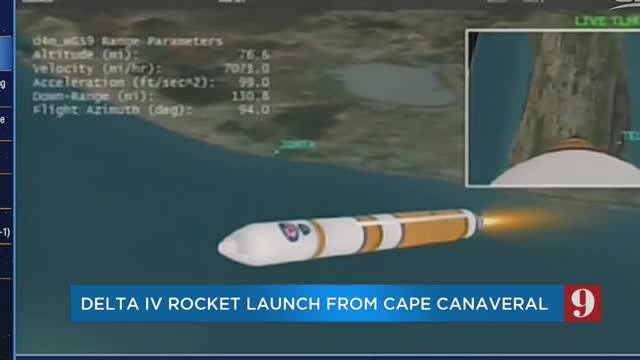Apr 21, 2017
One Big Question: What will space exploration look like in 2040?
Posted by Klaus Baldauf in categories: futurism, satellites
The 33rd annual Space Symposium wrapped up recently in Colorado and New Atlas was on hand to check out some of the exhibits and talks. Amidst the rocket models, jet engines and satellites, we found a quiet corner to sit down with Scott Fouse, the vice president of Lockheed Martin’s Advanced Technology Center. For our One Big Question series, we wanted to get his thoughts on what reaching for the stars will look like in the future, so we asked him: What will space exploration look like in 2040?
